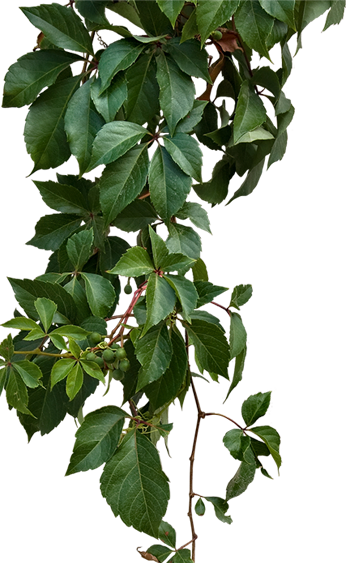
Best Fruits for Indoor Farming in New Zealand: A Complete Grower's Guide
- Home
- Best Fruits for Indoor Farming in New Zealand: A Complete Grower’s Guide

Best Fruits for Indoor Farming in New Zealand: A Complete Grower’s Guide
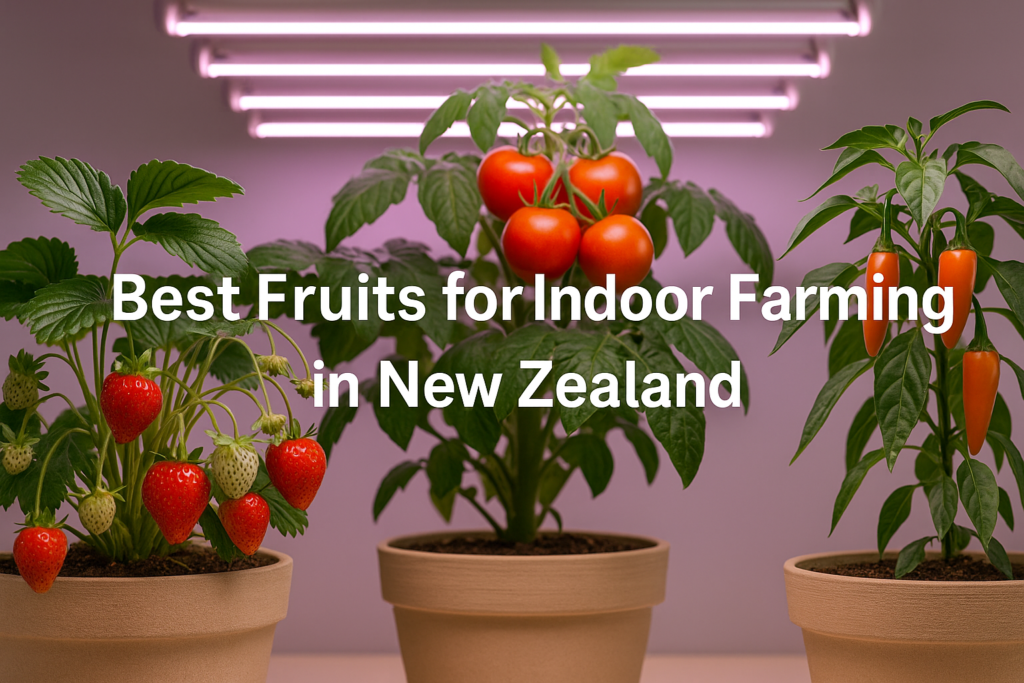
Indoor farming has surged in popularity in New Zealand thanks to rising food costs, unpredictable weather, and the desire for sustainable, homegrown produce. While leafy greens and herbs are commonly grown indoors, fruit-bearing plants can also thrive in controlled environments—with the right setup.
Whether you live in a compact Auckland apartment or have a backyard greenhouse in Canterbury, growing fruit indoors offers year-round harvests, better pest control, and fresher produce at your fingertips.
In this blog, we explore the best fruits for indoor farming in New Zealand, the optimal growing conditions, and how to achieve maximum yields using hydroponics, containers, and LED grow lights.
Can Fruits Really Be Grown Indoors in New Zealand?
Absolutely! With advancements in LED lighting, nutrient delivery systems, and compact dwarf varieties, it’s entirely possible to grow many fruit species indoors—even in New Zealand’s climate.
Benefits of indoor fruit farming in NZ include:
Protection from harsh weather (especially in South Island regions)
Reduced pest and disease risk
Year-round yields with grow lights
Better water conservation with hydroponics
Fresh, organic fruit without chemical pesticides
Top 10 Best Fruits to Grow Indoors in New Zealand
Here’s a curated list of fruits that thrive indoors, considering NZ’s seasonal conditions and indoor farming capabilities.
1. Strawberries
✅ Ideal for: Small spaces, hanging baskets, hydroponics
✅ Light: 10–12 hours/day with full-spectrum LED grow lights
✅ Variety Tip: Try “Temptation” or “Tristan” – both compact NZ varieties
Strawberries are compact, fast-growing, and love well-lit environments. You can grow them in containers, vertical towers, or NFT hydroponic systems.
2. Dwarf Tomatoes
✅ Ideal for: Container gardening, greenhouses, indoor grow tents
✅ Light: 12–14 hours/day
✅ Variety Tip: “Tiny Tim”, “Patio Princess”, or NZ hybrid cherry tomatoes
Although technically a fruit, tomatoes are one of the most productive and rewarding indoor crops. Use trellises or tomato cages for support.
3. Blueberries
✅ Ideal for: Cool indoor environments (especially in South Island)
✅ Light: 10–12 hours/day
✅ Variety Tip: “Northland” or “Misty” – low chill NZ-suited varieties
Blueberries thrive in acidic soil and need cross-pollination, so plant at least two different cultivars. Great for pots and large containers.
4. Figs
✅ Ideal for: Greenhouses, large containers, indoor corners with good light
✅ Light: 10+ hours/day
✅ Variety Tip: “Black Mission” or “Petite Negra” dwarf fig trees
Figs do surprisingly well indoors and are self-pollinating. They prefer warmth and dryness, making them perfect for well-insulated rooms.
5. Meyer Lemons
✅ Ideal for: Sunrooms, balconies, or warm indoor areas
✅ Light: 12+ hours/day
✅ Variety Tip: “Improved Meyer” – a dwarf citrus cultivar
Meyer lemons are one of the easiest citrus fruits to grow indoors in NZ. They produce fragrant flowers and juicy lemons, even in pots.
6. Passionfruit (in Grow Tents or Greenhouses)
✅ Ideal for: Indoor trellis walls or vertical gardens
✅ Light: 12+ hours/day
✅ Variety Tip: “Black Passion” – NZ-adapted variety
While a bit more advanced, passionfruit can grow indoors with proper vine support, humidity, and light. Ensure good airflow to prevent fungal issues.
7. Banana (Dwarf Cavendish)
✅ Ideal for: Indoor atriums, conservatories
✅ Light: 12–14 hours/day
✅ Variety Tip: “Dwarf Cavendish” – compact and ornamental
While bananas require more space, you can successfully grow dwarf varieties indoors, especially in North Island regions or heated indoor spaces.
8. Pineapple
✅ Ideal for: Indoor planters, sunrooms
✅ Light: 10+ hours/day
✅ Fun Fact: You can regrow pineapples from tops
Pineapples are surprisingly easy to grow indoors from crowns. They love warmth, bright light, and well-drained soil. Water only when dry.
9. Gooseberries and Currants
✅ Ideal for: Indoor patios, greenhouses
✅ Light: 8–10 hours/day
✅ Variety Tip: Choose thornless gooseberries or “Red Lake” currants
These NZ-favourite berries adapt well to containers and are shade-tolerant. Use organic compost-rich soil and prune regularly.
10. Chilli Peppers (Yes, a fruit!)
✅ Ideal for: Windowsills, kitchen counters, grow tents
✅ Light: 12–14 hours/day
✅ Variety Tip: “Thai Hot”, “Apache”, or “Numex” small fruiting types
Chilli plants are compact, colourful, and fast to fruit. Ideal for beginner indoor growers, especially with LED lighting support.
Lighting Tips for Indoor Fruit Production in NZ
Unlike leafy greens, fruiting plants require more intense light and longer exposure times. Here’s how to set up your lighting:
| Type of Plant | Daily Light Requirement | Recommended Light Type |
|---|---|---|
| Strawberries | 10–12 hrs | Full-spectrum LED |
| Tomatoes | 12–14 hrs | Red/blue focused LED |
| Lemons | 12+ hrs | High PAR full-spectrum |
| Blueberries | 10–12 hrs | White-balanced LED |
Use grow light timers for consistency
Keep lights 30–50 cm above plant tops
Ensure good heat dissipation in grow tents
Hydroponics for Fruit Production
Hydroponic farming is booming in NZ for its low water usage and faster yields. For indoor fruiting:
Use NFT systems for strawberries
Drip systems for tomatoes and peppers
Deep Water Culture (DWC) for leafy fruits
Always monitor pH (5.5–6.5) and EC levels weekly for optimal nutrient uptake.
Indoor Fruit Farming Challenges & Solutions
| Challenge | Solution |
|---|---|
| Pollination issues | Use a small brush or electric pollinator manually |
| Light deficiency in winter | Invest in high-quality LED grow lights |
| Overwatering | Use moisture meters or smart sensors |
| Pest control indoors | Introduce neem oil sprays or sticky traps |
| Limited space | Use hanging baskets, vertical shelves, or towers |
Best Practices for Indoor Fruit Farming in NZ
Use containers with drainage holes
Rotate pots weekly for even light exposure
Avoid sudden temperature drops in winter
Fertilise regularly with fruit-specific nutrients
Join local groups like “Indoor Growers NZ” on Facebook or Reddit
Sustainability & Indoor Fruit Farming
Indoor fruit farming contributes to a greener future in New Zealand by:
Reducing food miles
Encouraging water-saving hydroponics
Promoting chemical-free growth
Supporting urban food security
Urban centres like Auckland, Wellington, and Christchurch are already seeing increased adoption of compact indoor farms, even in high-rise apartments.
Conclusion
Indoor fruit farming in New Zealand is not just possible—it’s deliciously rewarding. With a bit of planning, the right lighting, and proper varieties, you can enjoy fresh strawberries, juicy lemons, and vibrant cherry tomatoes from the comfort of your home.
As technology continues to make indoor farming more accessible, it’s the perfect time to take the plunge. Start small, scale smart, and grow local—because the future of fruit is indoors.
Quick Link
Other Links
Design & Developed By VBTEK

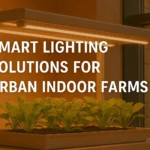
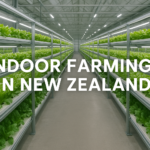

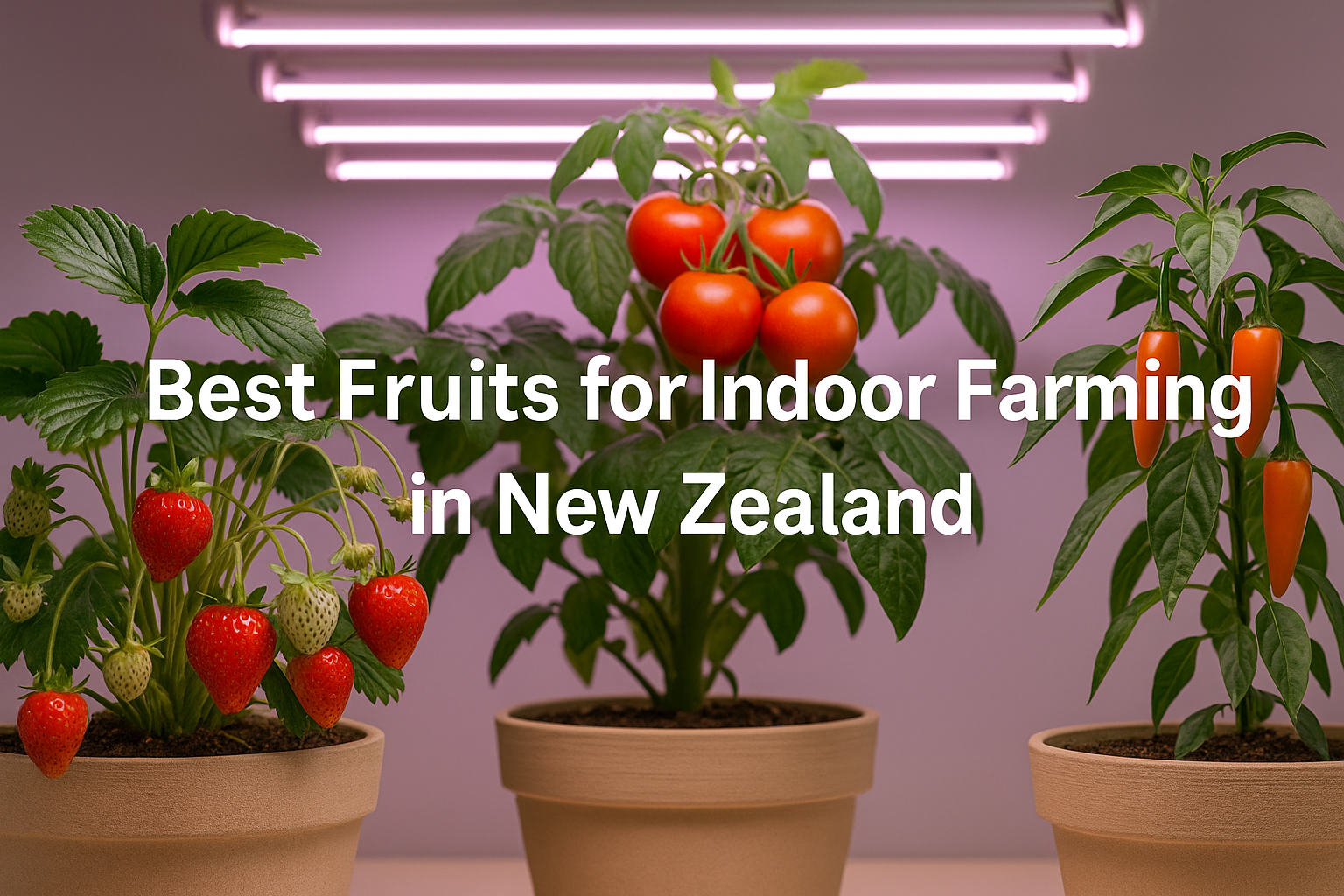




Leave A Comment